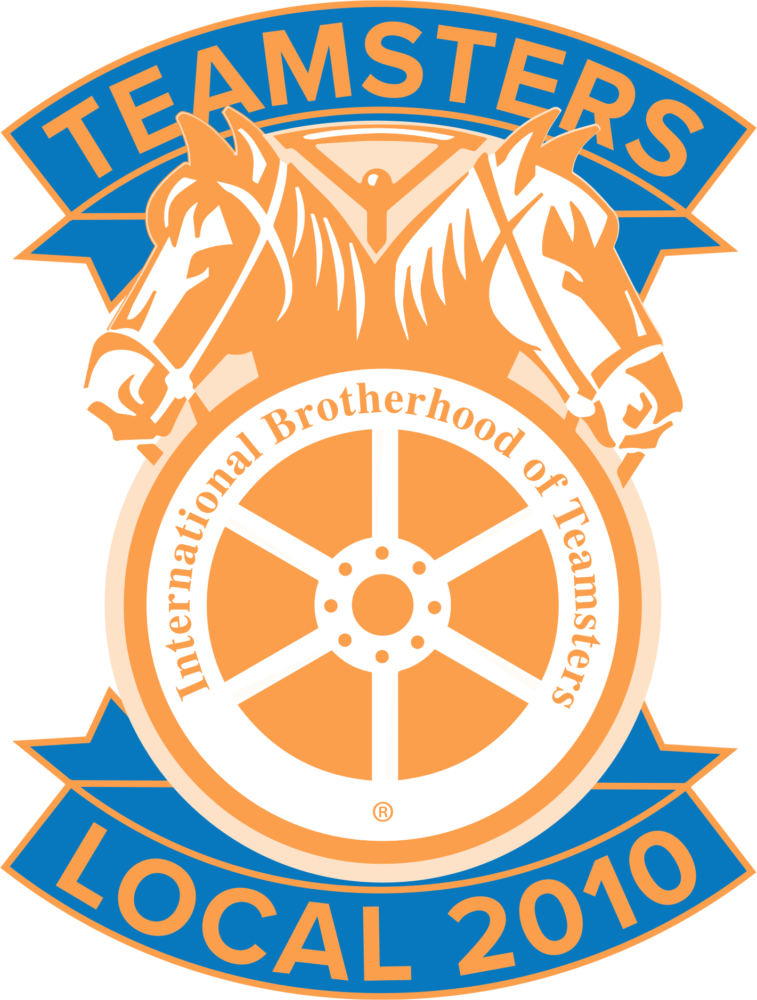ARTICLE 16
MEDICAL SEPARATION
A. GENERAL CONDITIONS
1. When the University determines that a non – probationary career employee is unable to satisfactorily perform the essential assigned functions of her/his position due to any disability or other medical condition, that employee may be medically separated. Prior to medical separation, the University will determine what accommodation, if any, may be reasonably provided. Such accommodation, if any, shall be provided in accordance with the provisions of Article 31 – Reasonable Accommodation. An employee who is medically separated is eligible for special reemployment procedures as set forth in Section E., below.
2. Except as provided in Section A.3., below, a medical separation shall be based on:
a. University statement describing the essential functions the employee is not able to perform satisfactorily; and
b. Any pertinent information, including medical information provided by the employee’s licensed health practitioner and/or the University’s physician, and/or work – related information provided by appropriate University officials.
3. A medical separation may also be based on the employee’s receipt of long term disability payments from a retirement system to which the University contributes, such as UCRS or PERS.
4. An employee who is on an approved leave of absence of 180 days or less shall not be medically separated provided:
a. The leave is related to a medical condition, and
b. The employee’s medical health practitioner (who is licensed by the state in which she/he practices) h as established a specific return to work date within one – hundred eighty (180) days of the beginning of the leave of absence.
B. PROOF OF DISABILITY OR OTHER MEDICAL CONDITION
Proof of the employee’s disability is required and is subject to verification by the University. When the University requests a second medical opinion as verification of disability, the University shall pay the costs of the medical examination(s) requested.
C. NOTICE OF INTENT TO MEDICALLY SEPARATE
1. The University shall give the employee a written notice of intent to medically separate. Such notice shall be provided either by delivery of the notice to the employee in person, or by placing the notice of intent in the U.S. mail, first class postage paid, in an envelope addressed to the employee at the employee’s last known home address. Proof of service shall accompany the notice of intent. The notice shall:
2. Inform the employee of the action intended, the reason for the action and the effective date of the action;
3. Inform the employee of t he right to respond and to whom to respond within ten (10) calendar days from the date of issuance of such notice of intent, in accordance with the instructions given by the University in the written notice provided to the employee.
4. A copy of the notice of intent shall be provided to Teamsters Local 2010.
D. EMPLOYEE NOTICE
After review of the employee’s timely response, if any, the University shall notify the employee of any action to be taken. An effective date of separation shall follow the employee’s timely response or, if no response is provided, shall be at least ten (10) calendar days from the date of issuance of the notice of intention to separate, pursuant to Section C., above.
E. RE – EMPLOYMENT
1. For a period of one (1) year following the date of a medical separation, a medically separated former non – probationary career employee may be selected for a position without the requirement that the position be publicized.
2. However, if the former employe e is receiving disability benefits from a retirement system to which the University contributes the period shall be three (3) years from the date benefits commenced. In order to be eligible for rehire under this Article, the medically separated employee must provide a medical certification from a University – approved medical physician describing in detail the medically separated employee’s ability to return to work.
3. If a non – probationary career employee separated under this Article is re – employed within one – hundred eighty (180) calendar days, a break in service does not occur. If a non – probationary career employee is receiving disability payments from a retirement system to which the University contributes and is re – employed within three (3) years, a break in service does not occur.
